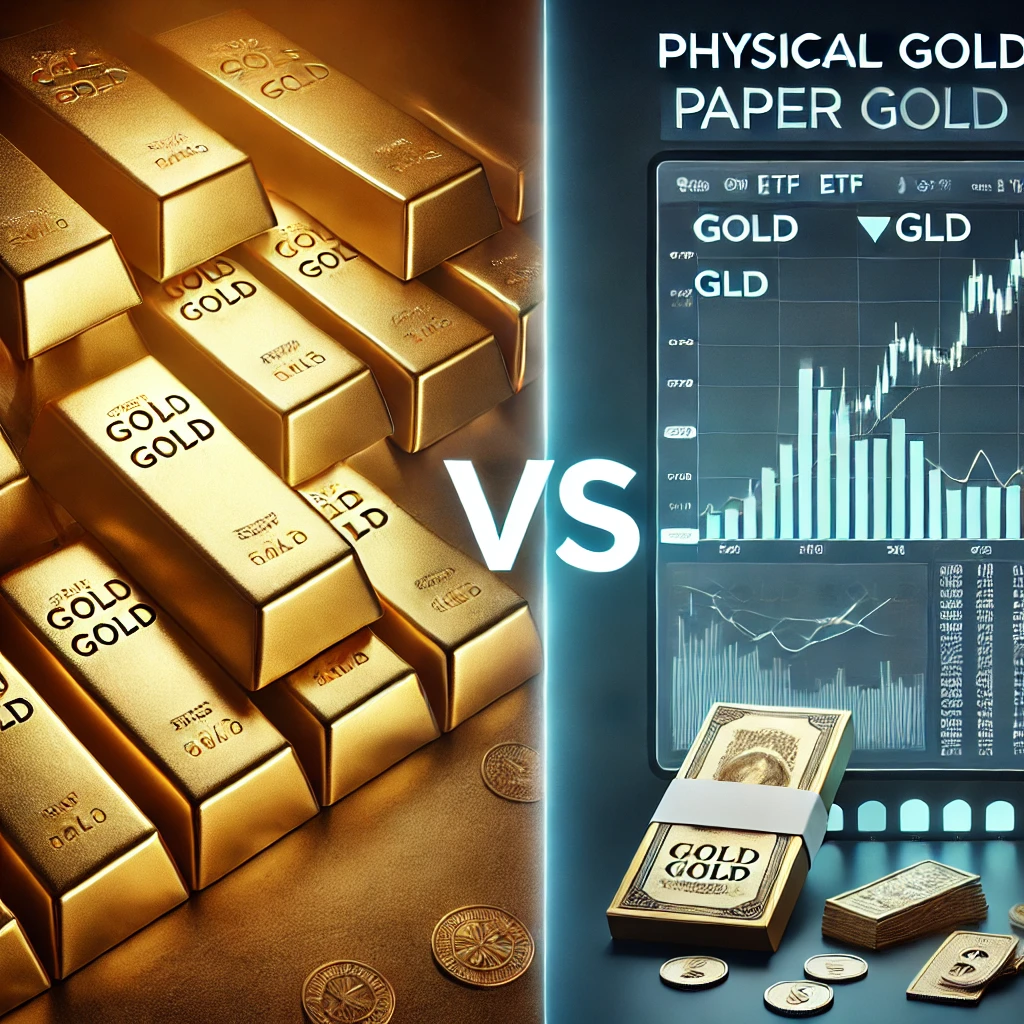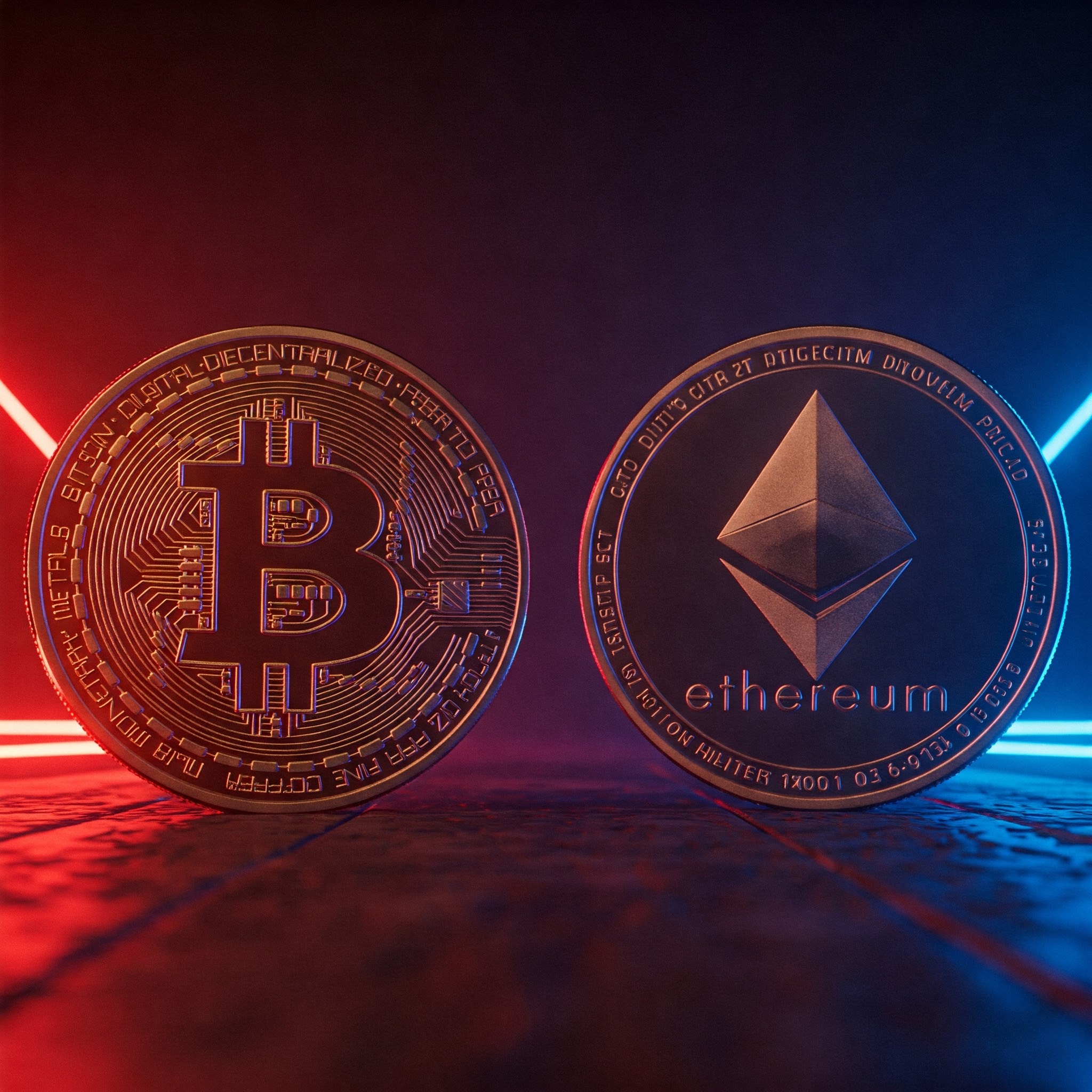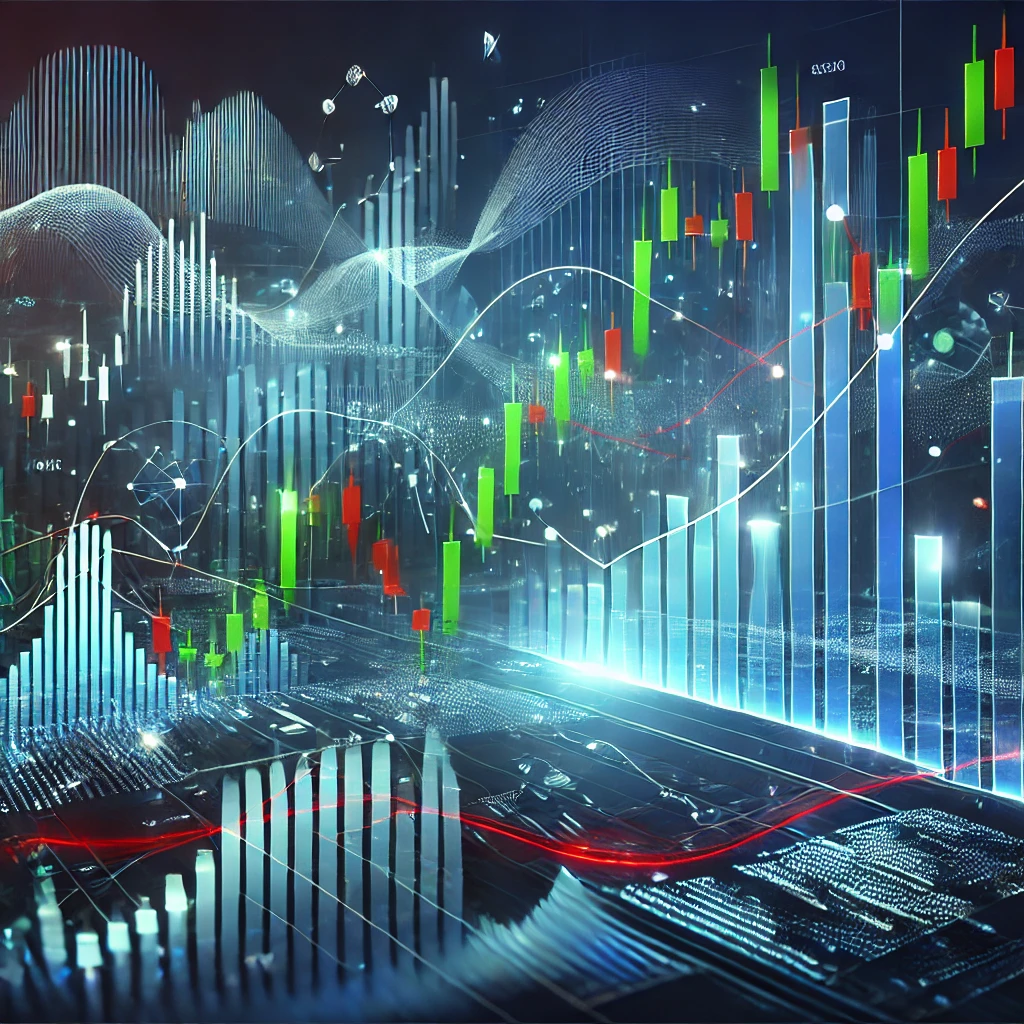Silver has experienced a notable surge in value recently, capturing the attention of investors and market analysts alike. As of March 18, 2025, silver is trading at approximately $33.85 per ounce, reflecting a significant increase over the past year. This rise prompts a closer examination of silver’s performance relative to gold and the underlying factors contributing to its upward trajectory.
The Historical Role of Silver in the Economy
Silver has played a crucial role in human civilization for thousands of years. Used as currency dating back to ancient Mesopotamia and later in the Roman Empire, silver was one of the earliest forms of money. During the Middle Ages, it remained a dominant medium of exchange, with Spanish and Portuguese explorers fueling global trade with massive silver shipments from the Americas. Even after the advent of paper currency, silver continued to be a critical component of monetary systems worldwide. The U.S. and many other nations issued silver coins well into the 20th century, solidifying its reputation as a store of value.
In modern times, silver has retained its appeal as both an industrial metal and a hedge against inflation. The metal’s dual purpose—serving both as a commodity for industrial use and a safe-haven asset—makes it unique in the financial markets.
How Silver Compares to Gold
Traditionally, silver and gold prices have exhibited a strong correlation, with investors often monitoring the gold-to-silver ratio to assess relative value. This ratio indicates how many ounces of silver are equivalent in value to one ounce of gold. Historically, the ratio has fluctuated, but recent trends show it hovering around 91, suggesting that silver may be undervalued relative to gold. Over the past year, silver has rallied by 43%, closely mirroring gold’s 44% gain, highlighting a robust performance in the precious metals sector.
Factors Driving the Rise in Silver Prices
Several key factors have contributed to the recent surge in silver prices:
- Industrial Demand for Silver Is Growing: Silver’s unique properties make it indispensable in various industrial applications, particularly in the clean energy sector. The metal is a critical component in photovoltaic cells used in solar panels, and as the global push for renewable energy intensifies, demand for silver has correspondingly increased. This heightened industrial demand has been a significant driver of silver’s price appreciation.
- Silver Supply Constraints Are Tightening: The silver market has been experiencing a supply deficit, with demand outpacing supply. Factors such as reduced mining output and lower availability of scrap silver have tightened supply channels, exerting upward pressure on prices.
- Silver as a Safe-Haven Asset: Global economic conditions, including trade tensions and geopolitical uncertainties, have led investors to seek safe-haven assets. While gold is traditionally favored for this purpose, silver has also benefited from this trend, attracting investment as a store of value amidst market volatility.
- Inflation and Interest Rate Trends: Anticipation of lower interest rates and concerns about inflation have made precious metals more attractive. Lower interest rates reduce the opportunity cost of holding non-yielding assets like silver, while inflation fears drive investors toward tangible assets that can preserve value.
- Gold-to-Silver Ratio Trends: The elevated gold-to-silver ratio has signaled to some market participants that silver is undervalued relative to gold. This perception has spurred demand for silver, as some expect a potential correction in the ratio, which could result in silver outperforming gold in the near term.
Considerations and Potential Risks of Silver
While silver has seen strong gains, there are also factors to consider when analyzing its market trends:
- Price Volatility: Silver is historically more volatile than gold due to its smaller market size and dual industrial and investment demand. Prices can swing dramatically based on economic conditions and industrial activity.
- Storage and Liquidity Issues: Unlike stocks or digital assets, physical silver requires secure storage, which can incur additional costs. Additionally, selling physical silver can sometimes be less liquid compared to financial assets like stocks and bonds.
- Industrial Demand Dependency: While silver’s industrial demand is a strength, it can also be a weakness. If global industrial activity slows or alternative materials replace silver in key industries, its demand—and price—could decline.
- Market Manipulation and Speculation: The silver market has been subject to price manipulation claims and speculative trading, which can lead to unpredictable price movements and artificial inflation or deflation of value.
- Lack of Yield: Unlike dividend-paying stocks or interest-bearing bonds, silver does not generate income. Those looking for income-generating assets may find silver less attractive compared to other options.
Key Takeaways
- Silver has a long history as a valuable asset and remains an important part of global markets.
- Industrial demand, supply shortages, and economic uncertainty have contributed to rising silver prices.
- The gold-to-silver ratio indicates silver may be undervalued in relation to gold.
- Inflation trends have influenced interest in silver as a potential hedge against currency devaluation.
- Silver prices can be volatile, and the metal does not generate passive income like dividend stocks or bonds.
Silver Lining
Silver’s recent price increase is the result of a confluence of factors, including rising industrial demand, supply constraints, economic uncertainties, accommodative monetary policies, and its relative valuation compared to gold. Given its long history as a monetary asset and its critical role in modern industries, silver remains an important component of global financial markets. However, its volatility, storage concerns, and dependency on industrial demand highlight the need for thorough market analysis.
Understanding the factors influencing silver prices can provide insight into broader market trends and the evolving role of precious metals in the global economy.





